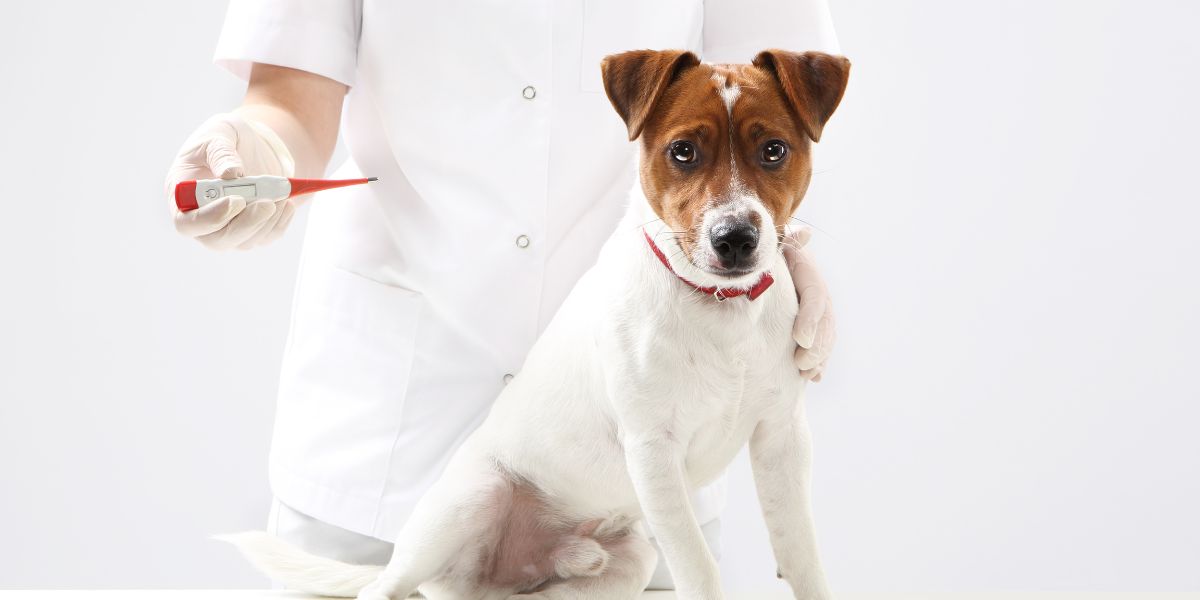Parvovirus – Causes. Symptoms. Treatment
Parvovirus is a severe disease that mainly affects dogs. It is a contagious disease with a high mortality rate if not treated in time. Dogs prone to this condition are unvaccinated puppies (aged two months to 2 years), but they can also be found in unvaccinated adults. In most cases, parvovirus is a fatal disease.
What is parvovirus?
Parvovirus is a contagious viral condition that usually affects unvaccinated dogs. This disease is caused by canine parvovirus. The virus can be transmitted through direct contact with another dog. If a puppy is contaminated while pregnant, the fetus will also be affected during its development. The virus can also be transmitted if a person touches an infected animal and then comes in contact with a healthy dog. The virus can also be transmitted through sneezing, objects licked by an infected dog or contaminated faeces.
The virus affects the gastrointestinal tract of dogs, the most affected areas being the stomach and small intestine. Parvovirus destroys cells, affects nutrient absorption, and disrupts the intestinal barrier.
Parvovirus is not transmitted to humans or other animals.
The virus enters the body through the mouth. It first settles in the pharyngeal ganglia, invading the target cells throughout the body. It reaches the intestine through circulation.
Parvovirus weakens the dog’s immune system, causing white blood cells to drop. The body can no longer fight the disease or other secondary bacterial infections that can result from intestinal damage.
The virus is resistant to heat and cold, humidity, and dry air and can survive in any environment for a long time.
Parvovirus – causes
Parvovirus is easily transmitted, as a dog infected with it will eliminate much of it through faeces. To be as precise as possible, 1 g of faeces may contain up to 1 million infectious doses. Thus, the disease is transmitted very quickly and can infect any dog breed. Puppies are most prone to parvovirus, as their bodies are not sufficiently prepared to fight this condition.
The cause of parvovirus is type 2 parvovirus. It attacks the gastrointestinal tract and the cardiovascular system, acting to divide cells. Once ingested by the virus, a dog reaches the intestine, where it begins to cause problems. The symptoms are not visible from the first days, but from the 3rd, the virus starts to attack the animal’s body. When an infected animal eliminates a large amount of virus through faeces in a space full of dogs, such as shelters that house many animals, then that place becomes a source of infection. The animals must be moved immediately, and the area must be carefully cleaned. Parvovirus is very resistant and cannot be easily removed using only dog cleaners, alcohol or detergents. The virus can easily attach to the paws or hair of animals and can be carried even in people’s shoes.
Types of parvoviruses
Parvovirus mainly affects dogs between the ages of 6 weeks and six months, but it can also occur in some cases in dogs between the ages of 6 and 10 months.
There are two types of parvoviruses:
– At the cardiac level – it is a less common form. The virus affects the heart muscle, which in young animals is not strong enough to fight. Parvovirus with heart syndrome is, in most cases, fatal.
– In the digestive system – it is the most common form of parvovirus and is transmitted through oral contact with the virus. Parvovirus spreads in the blood, destroying white blood cells and eventually reaching the small intestine, affecting the intestinal tissue and mucosa. Injuries cause the bacteria to pass into the bloodstream, causing sepsis. Severe dehydration also occurs, as normal intestinal absorption processes no longer appear.
Parvovirus – symptoms
Parvovirus has an incubation period of 5-14 days, so the symptoms of the disease begin to appear after this period.
The most common symptoms of parvovirus are:
– Vomiting
– Diarrhea
– Blood stools
– Fever
– Lethargy
If you notice the first signs of the disease, you should see a veterinarian as soon as possible.
Diagnosis
Parvovirus is diagnosed by physical examination, rapid diagnostic tests, biochemical tests and abdominal ultrasound. In the case of parvovirus, the tests will indicate a low level of white blood cells, imbalances in liver enzymes, and a low number of leukocytes. The rapid test used is called an ELISA.
Parvovirus – treatment
Parvovirus should be treated early so as not to damage the dog’s body seriously. There is no standard treatment, but methods focus on curing symptoms and preventing bacterial infections. It is recommended to hospitalize the dog to be in a supervised environment.
To prevent parvovirus, dog owners must keep them isolated when they are puppies until the vaccination schedule is complete.
Biotur Shop is here for all animal lovers with the best products for dogs and cats, from excellent quality food to accessories specially designed for the little ones.



